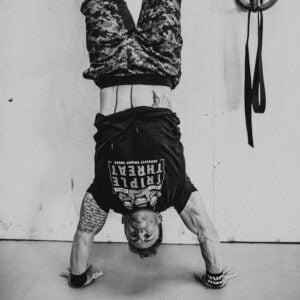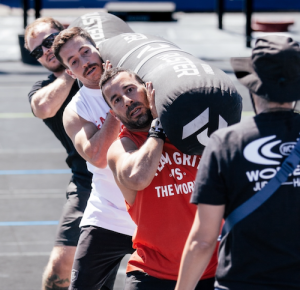Athletes tend to get themselves in trouble in two opposite extremes when it comes to pacing.
They either become rigid and fixed on split times, rep counts, and exact rest intervals – or they allow “negotiations” to occur and they deviate from the planned stimulus of the day. And, many times, rigidity and overplanning leads to this kind of renegotiating behavior in athletes prone to streaks of perfectionism.
In training, the goal of specific pieces is not necessarily to hit exact split times in a workout – instead, the goal is to create a stimulus that pushes a certain type of adaptation. This could be easy recovery work, highly uncomfortable threshold training, sprint repeatability, or any number of other things.
Decide the “feeling” that a workout should have before you start, then adjust your pace up and down throughout to achieve your desired outcome. You can negotiate the pace that will best get you your desired outcome, but you shouldn’t be changing the overall goal of the training session once you start.
Check out the full conversation with Jon, Luke and Todd to learn:
- The difference between pacing to get your best possible score, pacing to get a desired stimulus in a training program and pacing to maximize learning – and why principles from one style of pacing may not be applicable to another
- Why going faster in training is not always the best way to build the capacity to go faster in competition – and how to learn the specific gears in your engine
- Why pacing on cyclical work is different than pacing in mixed modal work – and what strategies are best for each modality
Listen below – or in the podcast player of your choice.
Listen Here
- iTunes
- Overcast
- Google Podcasts
- mp3
- Or stream here:
- If you’re enjoying the show, why not a leave a review? It makes a difference in terms of other people finding the show.





